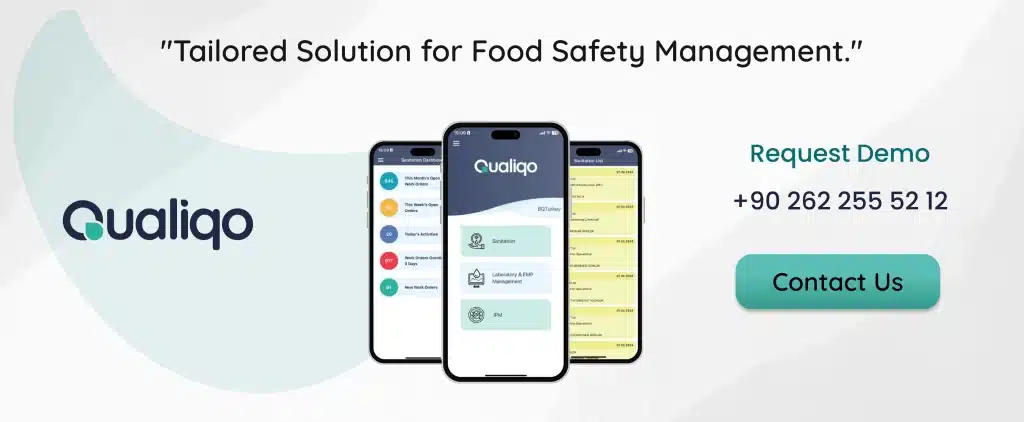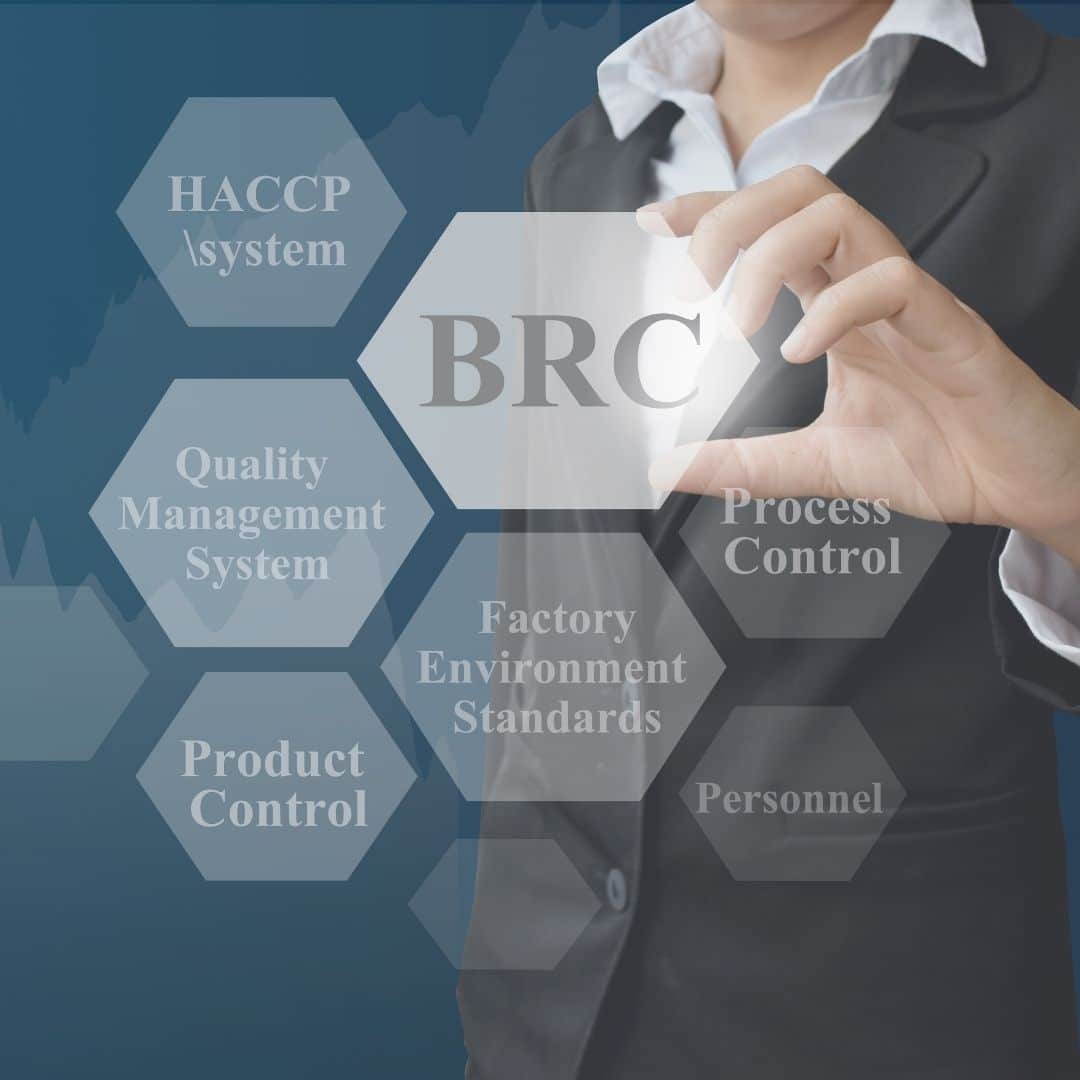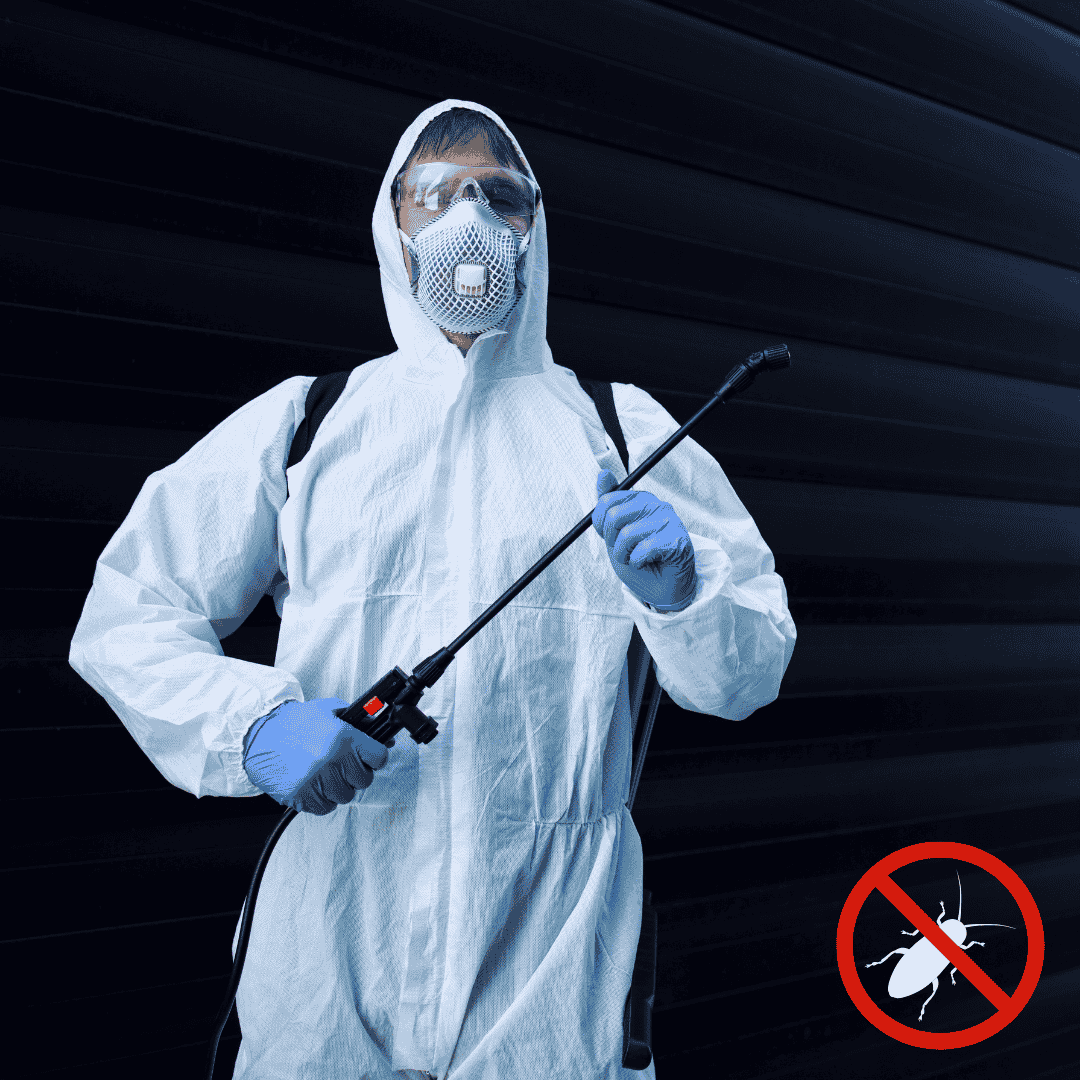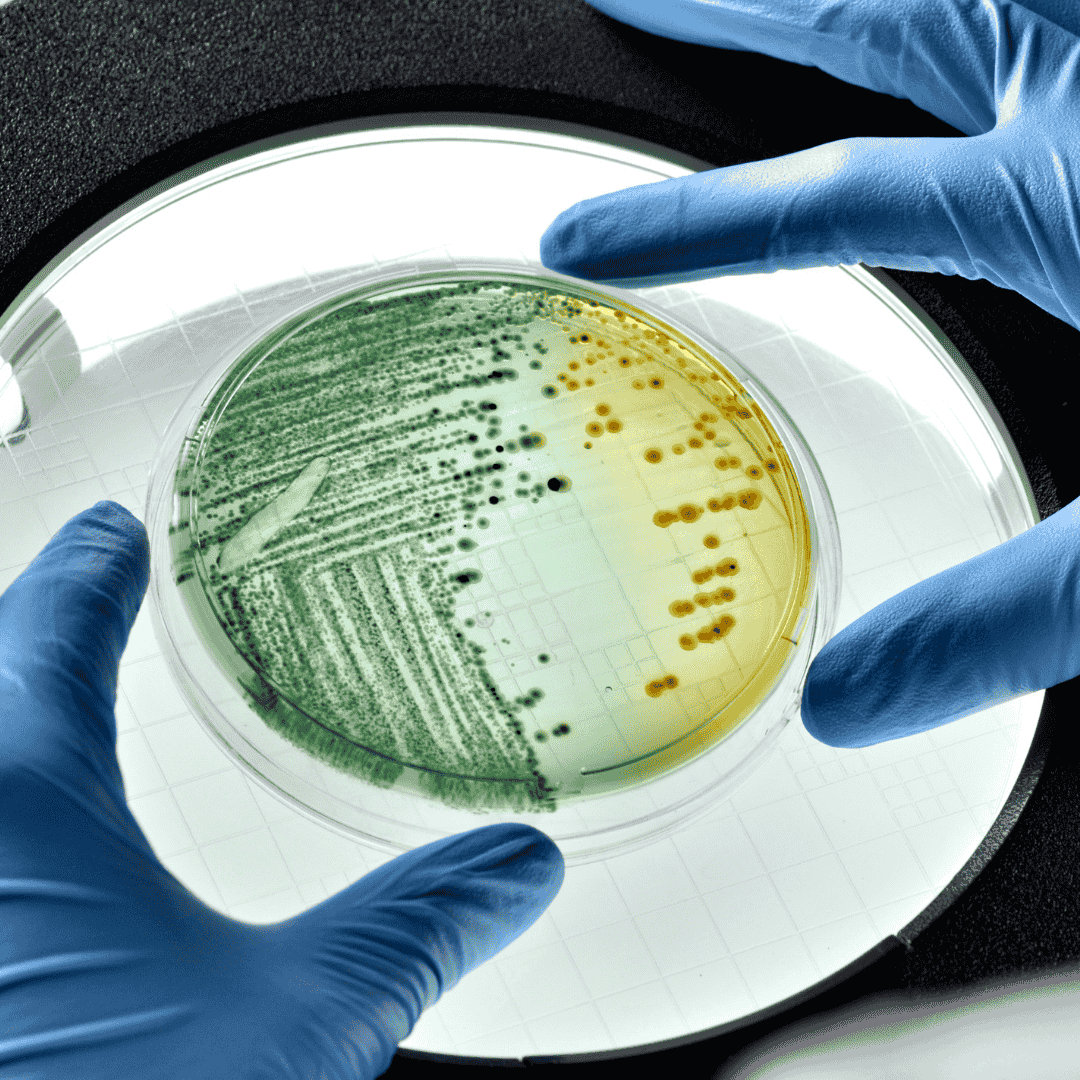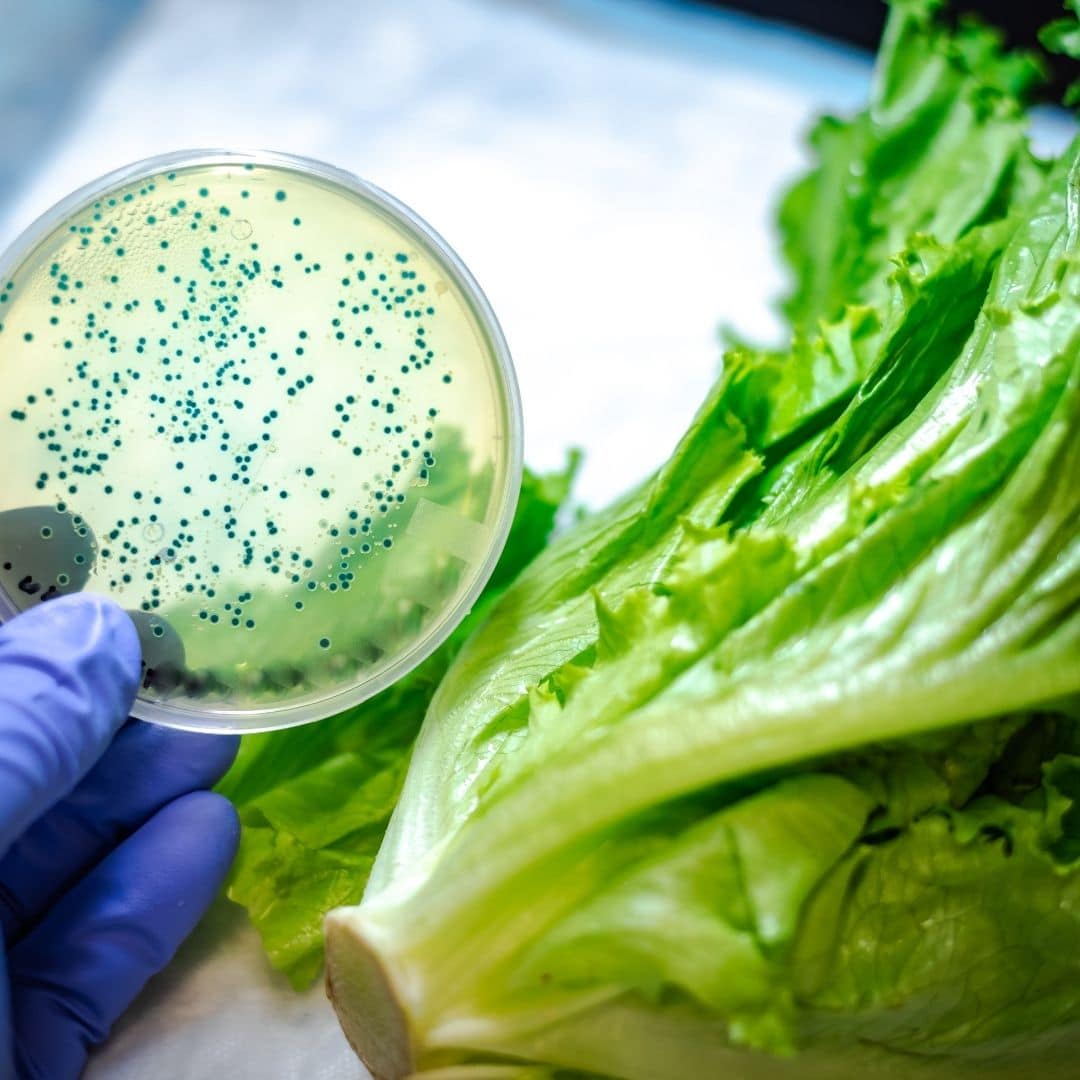The Importance of Food Safety and Sanitation Management Software in Bread-Producing Food Companies
Ensuring food safety and sanitation standards in bread production is essential to delivering high-quality and safe products to consumers. In this industry, hygiene and sanitation play a critical role in protecting public health, complying with food regulations, and maintaining a company’s reputation. However, managing these processes manually can lead to inefficiencies, human errors, and high operational costs. As bread production processes expand and regulations tighten, companies are increasingly turning to food safety and sanitation management software to streamline operations while maintaining robust safety practices.
What is Food Safety and Sanitation Management?
Food safety encompasses all measures and processes necessary to ensure that food reaches consumers in a healthy and safe manner, from production to consumption. This begins at the raw material stage and continues through processing, packaging, and delivery. Sanitation management, on the other hand, involves organizing cleaning and disinfection processes to maintain a clean and hygienic production environment, which is crucial for preventing the spread of bacteria, allergens, and other contaminants.
In bread production, where ingredients like flour, yeast, and water are used in large quantities daily, maintaining a sterile environment is of paramount importance. When the production environment is not kept clean, the risk of microbial contamination increases, which can jeopardize product quality and safety, leading to recalls, financial losses, and damage to the brand’s reputation.
Challenges in Food Safety and Sanitation Management in Bread Production
Bread producers face a number of challenges in managing food safety and sanitation:
- Complex Supply Chains: Sourcing materials from multiple suppliers increases the risk of contamination. Tracking the quality and safety of incoming materials is essential to prevent future issues.
- Multiple Production Facilities: Larger bread producers often operate in multiple production facilities, making it challenging to ensure consistent hygiene and sanitation practices across all locations.
- High Production Volume: Bread is a highly demanded, perishable product, requiring fast, efficient, and continuous production. However, the need for speed must not compromise safety and hygiene.
- Regulatory Compliance: Producers must comply with various local and international food safety standards, such as HACCP (Hazard Analysis and Critical Control Points), ISO 22000, and local food safety laws. Keeping up with regulatory changes and ensuring compliance at all production stages can be difficult.
- Manual Monitoring and Record-Keeping: Many bread producers still rely on manual processes for sanitation management and record-keeping, leading to inefficiencies, human errors, and incomplete documentation. This can result in missed opportunities for improvement or, worse, compliance issues.
To overcome these challenges, companies are turning to food safety and sanitation management software, which automates key processes, ensures regulatory compliance, and improves overall production efficiency.
Advantages of Food Safety and Sanitation Management Software in Bread Production
Implementing a food safety and sanitation management system offers bread producers a wide range of benefits that enhance both safety practices and operational efficiency. Here are some key advantages:
1. Real-Time Monitoring and Reporting
Advanced software allows bread producers to monitor their production environments and sanitation processes in real-time. This enables immediate detection of issues such as deviations in hygiene practices, potential contamination, or equipment malfunctions. Automatic alerts can be set to notify relevant teams, allowing intervention before the issue escalates.
For example, if a contamination risk is detected in the mixing area, the software sends an alert, enabling the production team to stop the process, clean the area, and prevent contaminated products from entering the production line. This real-time visibility allows potential problems to be proactively addressed, reducing the risk of large-scale contamination.
2. Improved Traceability and Recall Management
One of the most critical functions of food safety software is enhanced traceability. With complete digital records, bread producers can track every batch of materials and products. In the event of a product recall, the software can quickly identify affected batches, enabling targeted recalls and minimizing the impact on consumers and the brand’s reputation.
For instance, if a batch of flour from a specific supplier is found to be contaminated, the system can trace every product made with that flour, allowing for a focused recall and preventing the costly and widespread impact of a general recall.
3. Digital Record-Keeping for Audits and Compliance
Food safety and sanitation software digitizes the record-keeping process, securely storing all relevant data in the cloud. This includes cleaning schedules, audit records, temperature data, and material tracking information. Eliminating manual, paper-based documentation significantly reduces the risk of errors, lost records, or incomplete information. Additionally, having all data available digitally makes it easier to prepare for audits and demonstrate compliance with food safety regulations.
During external audits or regulatory inspections, bread producers can quickly access and present the required documentation, ensuring full transparency and demonstrating compliance with safety standards. This reduces the time spent on audits and lowers the risk of non-compliance.
4. Automated Alerts and Notifications
Sanitation management software allows bread producers to set critical control points and criteria for hygiene and safety. When these criteria are not met, the system automatically sends alerts and notifications. This ensures timely corrective actions are taken, reducing the likelihood of more serious issues arising later in the production process.
For instance, if a cleaning cycle for a specific machine is missed, the system can automatically send a reminder to the production team, preventing potential cross-contamination.
5. Ensuring Compliance with Food Safety Standards
Compliance with food safety standards such as HACCP and ISO 22000 is crucial for bread producers. Food safety management software helps them monitor critical control points, generate comprehensive documentation, and guide producers through best practices to ensure compliance.
The software also keeps track of changes in food safety regulations, ensuring that bread producers remain compliant as laws evolve.
The Role of Digital Transformation in Enhancing Bread Production Processes
Food safety and sanitation management software is not only a tool for compliance but also a key component of a company’s digital transformation journey. Digital transformation in food production involves integrating advanced technologies such as automation, data analytics, and IoT (Internet of Things) to optimize processes, reduce waste, and enhance safety standards.
For bread producers, this means moving away from traditional, manual methods of managing food safety and sanitation and adopting a more data-driven, automated approach. When the software takes over repetitive tasks such as monitoring and documentation, production teams can focus on improving processes, innovating products, and increasing overall efficiency.
Additionally, access to real-time data and detailed analytics helps producers identify trends, make informed decisions, and continuously improve sanitation practices. Over time, this leads to safer products, fewer recalls, and higher consumer satisfaction.
For bread producers, the use of food safety and sanitation management software is becoming an industry standard. It helps companies streamline processes, comply with food safety regulations, and minimize the risk of contamination or product recalls. By investing in digital solutions and integrating specialized modules such as Sanitation, IPM, EMP, and LAB, bread producers can modernize operations, strengthen food safety protocols, and stay competitive in a rapidly evolving industry.
In a world where consumer expectations and regulatory demands are constantly increasing, food safety and sanitation software is not just a luxury, but a necessity. By adopting these solutions, bread producers protect both their consumers and their brand, ensuring they remain trusted and respected players in the industry.
Next Steps
Did you get enough information about “Bread-Producing Food Companies“
Qualiqo is here to help you. It answers your questions about sanitation and hygiene, Lab. & EMP, IPM and Pest Control. We also provide information about the main features and benefits of the software. We help you access the Qualiqo demo and even get a free trial.
Frequently Asked Questions (FAQ)
Food safety and sanitation management software is a digital solution designed to ensure hygiene and safety standards in food production processes. This software monitors production stages, collects data, and automates processes to minimize human error.
The software offers numerous benefits, including real-time monitoring, automatic reporting, improved traceability, digital record-keeping, and regulatory compliance. As a result, hygiene and safety standards are enhanced, reducing contamination risks.
Sanitization Module: Automates cleaning and hygiene processes and monitors compliance with cleaning protocols.
IPM Module: Provides Integrated Pest Management and offers sustainable methods for controlling pests.
EMP Module: Monitors environmental conditions and identifies potential risks in the production area.
LAB Module: Manages laboratory tests to ensure that products meet safety standards.


